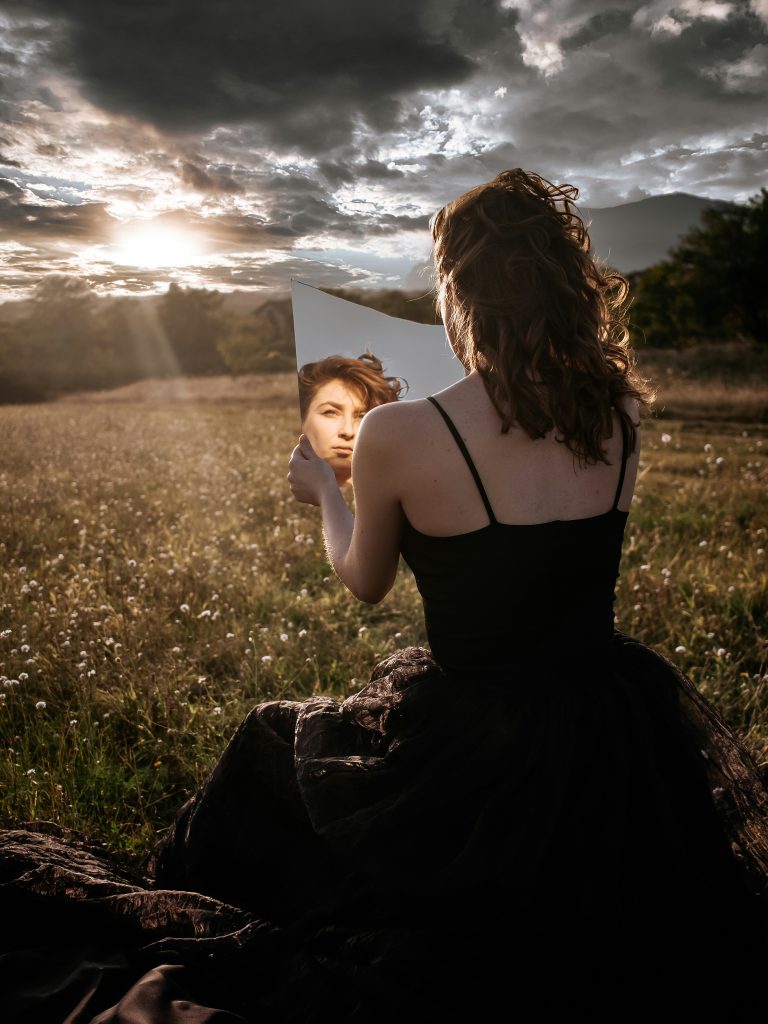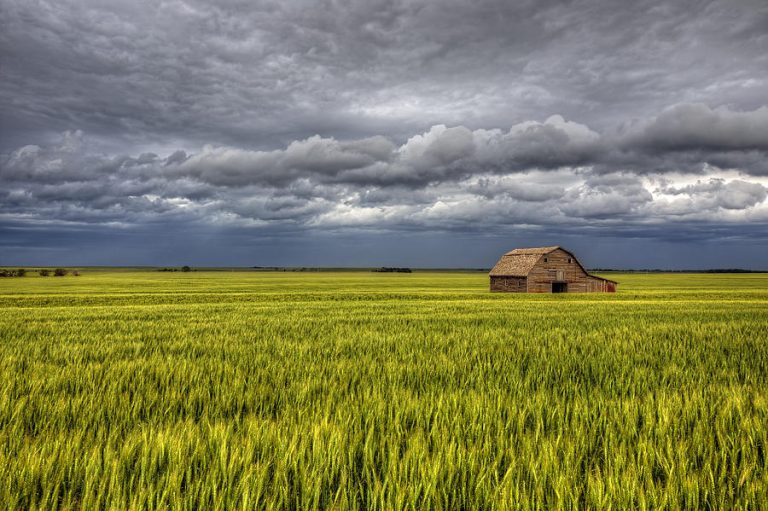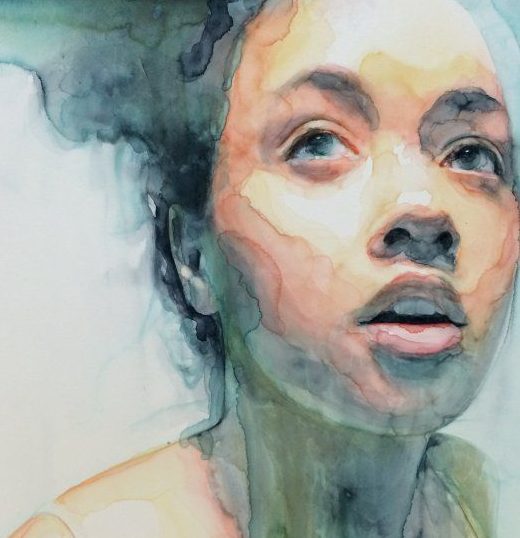The Challenges of Character Self-Description in Fiction
Characters in fiction are the heart of any story. We all love characters that pop off the page, that resonate…

Characters in fiction are the heart of any story. We all love characters that pop off the page, that resonate…

One of the primary objectives and responsibilities of a fiction writer is to transport readers into the world of their…

It’s important for writers to convey the description of setting and characters through the POV character’s eyes and emotions. But…

Masterful writing must seep into every corner of a novel. We looked briefly at the description of characters in the…

We began this series on masterful writing last week by taking a look at James Lee Burke’s wonderful character descriptions….

Subscribe to my email blasts to level up your writing and be notified of upcoming events and offers!
No products in the cart.